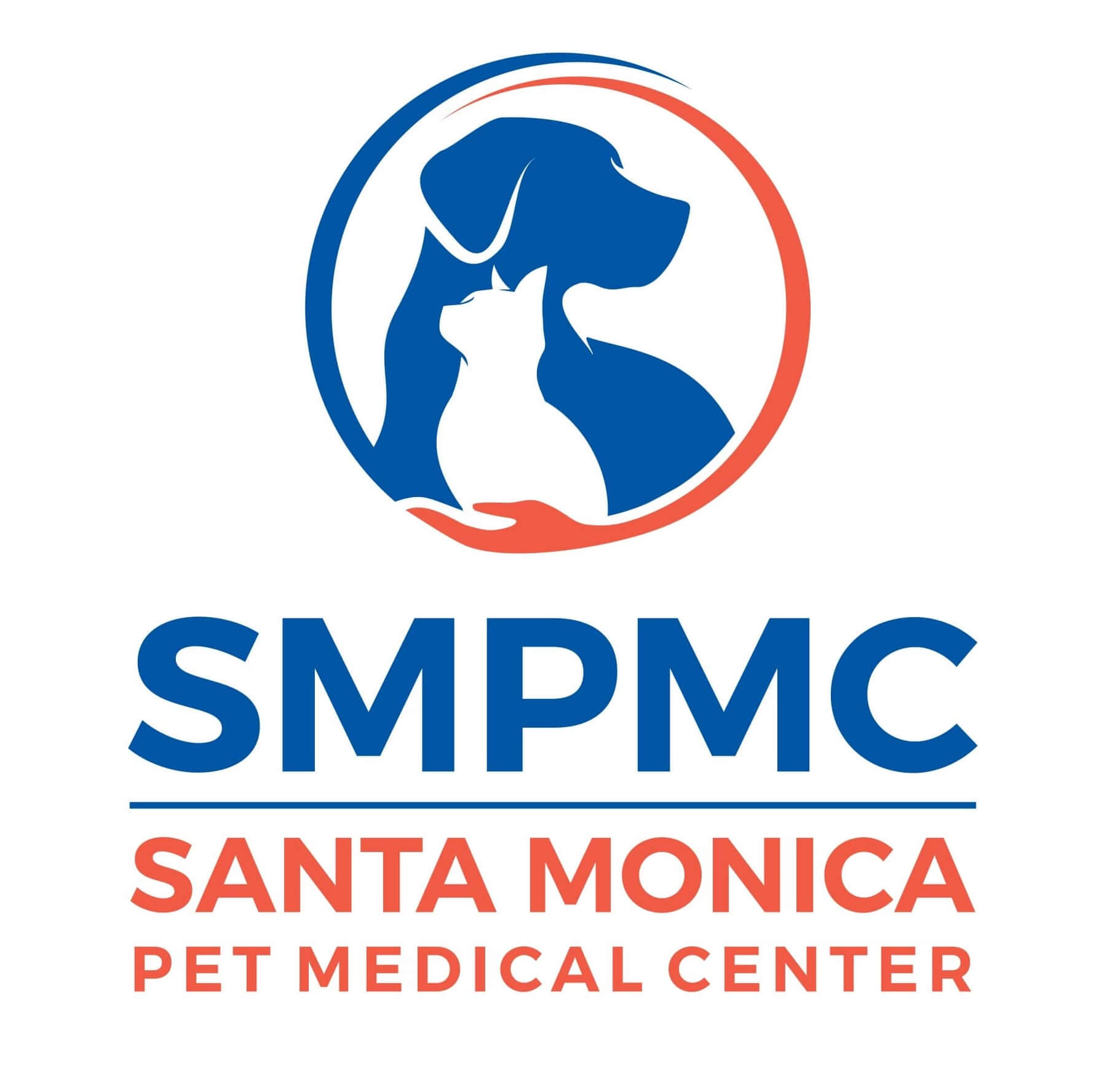Understanding Common Eye Diseases in Pets
Like people, pets can suffer from various eye diseases that, left untreated, can lead to significant discomfort and potential vision loss. Your pet’s ocular health requires special attention to ensure your pet remains comfortable and visual, and you need to know about common eye diseases and how they can be identified.
Join our Santa Monica Pet Medical Center team as we describe some of the most common ocular conditions that affect pets, and discuss signs, causes, and treatments.
Conjunctivitis in pets
The conjunctiva is the thin membrane that covers the front of the eyeball and inside the eyelids. Numerous conditions can cause irritation and inflammation of the conjunctiva, and conjunctivitis (i.e., pink eye) often signals another issue.
Signs: Conjunctivitis signs in pets include redness, swelling, discharge, and squinting. Your pet may also paw at their eyes.
Causes: A multitude of issues can cause conjunctivitis in pets, including:
-Bacterial infections (e.g., Staphylococci)
-Viral infections (e.g., canine distemper, feline herpesvirus)
-Inhalant or seasonal allergies
-Trauma from foreign objects
-Irritation from smoke or pollution
-Primary eye disorders (e.g., corneal ulcers, uveitis, glaucoma)
-Tear film deficiency
-Eyelid abnormalities (e.g., entropion, tumors)
-Breed-associated disorders
-Autoimmune disorders
Treatment: Treatment involves first addressing the primary cause. For example, if your pet’s eyelids roll inward and rub against the corneas, surgical correction is needed to treat the resulting conjunctivitis. Treatment also focuses on alleviating discomfort and irritation with topical eye ointments or drops that may have anti-inflammatory, antimicrobial, or other therapeutic qualities.
Corneal ulcers in pets
Corneal ulcers are one of the most common eye issues that affect pets, and can rapidly threaten your pet’s vision as the ulcer spreads across the eye.
Signs: Squinting, tearing, conjunctivitis, and light sensitivity are corneal ulcer signs in pets. You may be able to see a white spot on the eye that indicates an ulcer or scar tissue development.
Causes: Trauma, foreign objects stuck in the eye, or underlying corneal irritation can lead to corneal ulcers in pets.
Treatment: Prompt veterinary attention is crucial, and treatment may include medications, protective eye covering, or in severe cases, surgery.
Cherry eye in pets
A pet’s eye has a third eyelid (i.e., the nictitating membrane) that contains a tear gland that can prolapse. This problem is called a cherry eye.
Signs: Cherry eye in pets is seen as a small red mass in the inner corner of the eye.
Causes: Breed predisposition is considered the predominant cause for cherry eye in certain pets, but trauma can also result in the gland popping out of place.
Treatment: The most effective treatment involves surgically tacking the gland back in place.
Cataracts in pets
Cataracts are seen as cloudiness in the eye caused by a lens change that can lead to vision impairment and glaucoma if the cataracts are not treated. While cataracts can develop in any pet, they are much more likely to affect dogs, especially senior dogs.
Signs: Cloudy eyes, difficulty seeing, and behavior changes may indicate your pet has formed a cataract. A cataract can appear in one or both eyes.
Causes: Aging, diabetes, genetic predisposition, or injury can contribute to cataract development in pets.
Treatment: Cataracts often require surgical removal, followed by extensive postoperative care with multiple eye medications, to ensure a smooth recovery.
Glaucoma in pets
Glaucoma occurs when the filtration system in the eye is impeded and intraocular pressure builds. Without prompt treatment, blindness can result.
Signs: Glaucoma signs in pets include watery discharge, cloudiness, significant pain, lethargy, and obvious eyeball swelling and bulging.
Causes: Genetics, uveitis, lens damage, tumors, or intraocular bleeding can lead to glaucoma in pets.
Treatment: Medications to reduce intraocular pressure and pain, surgery, or a combination may be recommended to manage glaucoma.
Keratoconjunctivitis sicca in pets
Keratoconjunctivitis (KCS), which is commonly called dry eye, occurs when the protective tear film that coats the eye is inadequate. KCS can increase your pet’s risk of ocular infections, corneal ulcers, and vision loss.
Signs: Excessive tearing, redness, squinting, and a thick, mucoid discharge are common dry eye signs in pets.
Causes: Insufficient tear production caused by autoimmune disorders, systemic diseases, hypothyroidism, or medication side effects can lead to dry eye in pets.
Treatment: Treatment includes artificial tear supplements, medications to stimulate tear production, and management of the underlying cause.
Eyelid abnormalities in pets
Numerous eyelid abnormalities can affect your pet’s ocular health, comfort, and vision. Some of the most common eyelid problems seen in pets include entropion (i.e., the eyelid rolling in), ectropion (i.e., the eyelid rolling out), and eyelid growths.
Signs: Eyelid abnormalities in pets can cause tearing, squinting, redness, misshapen eyelids, corneal ulcers, or eyelid masses.
Causes: Entropion and ectropion are typically genetic conditions resulting from a pet’s eyelid anatomy. Other causes include trauma, scar formation, and cancer.
Treatment: Surgical correction is usually the only effective treatment for entropion, ectropion, and eyelid growths.
By understanding these common eye diseases, staying vigilant for signs of discomfort, and seeking prompt veterinary care, you can help ensure your pet’s good ocular health. Remember—early detection and appropriate treatment are key to ensure your pet’s eyes stay healthy and pain-free.
If you are concerned that your pet has eye issues, don’t wait for the redness, tearing, or squinting to improve at home. Give our Santa Monica Pet Medical Center team a call and set up an appointment, so we can diagnose and treat your pet’s eye condition.
